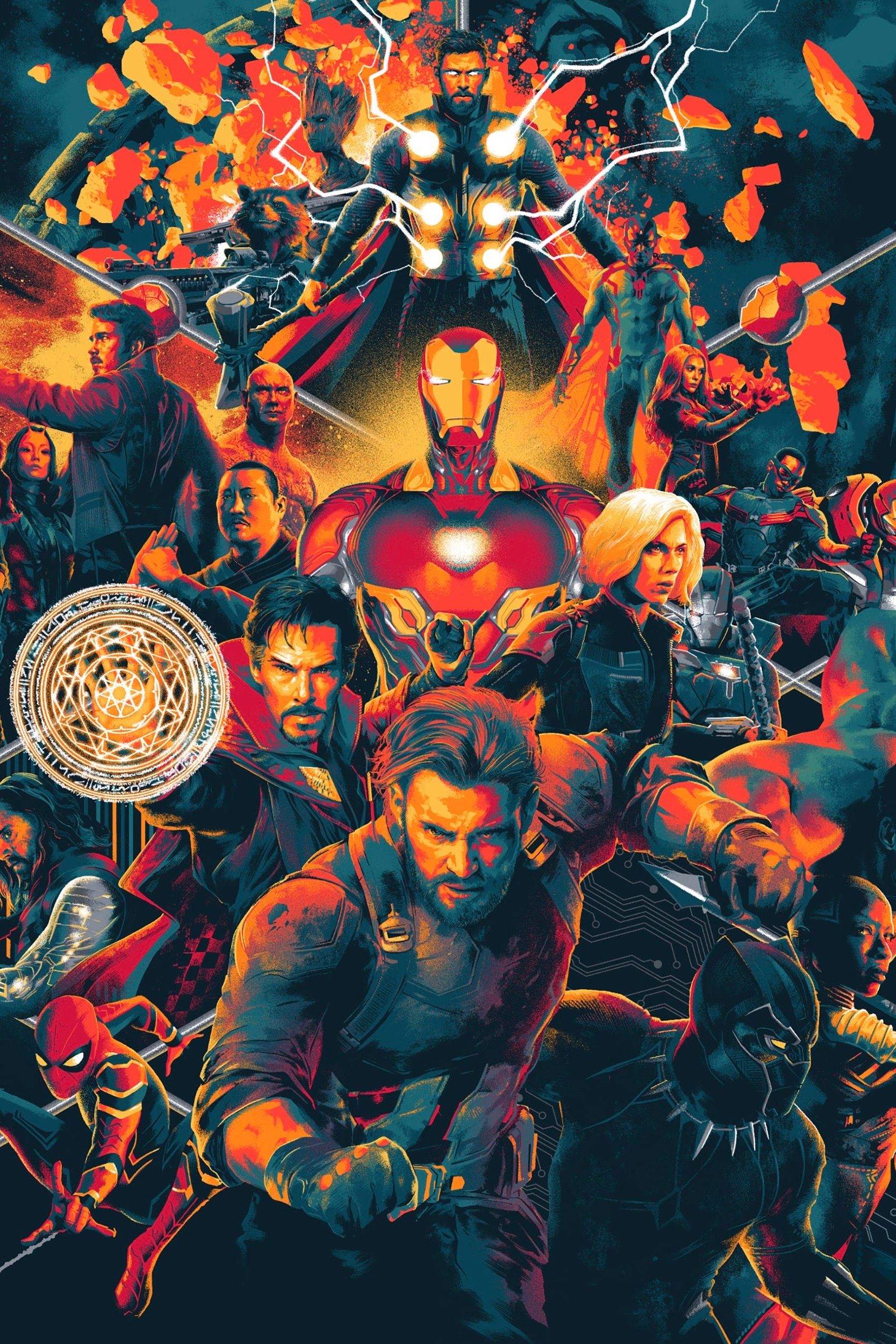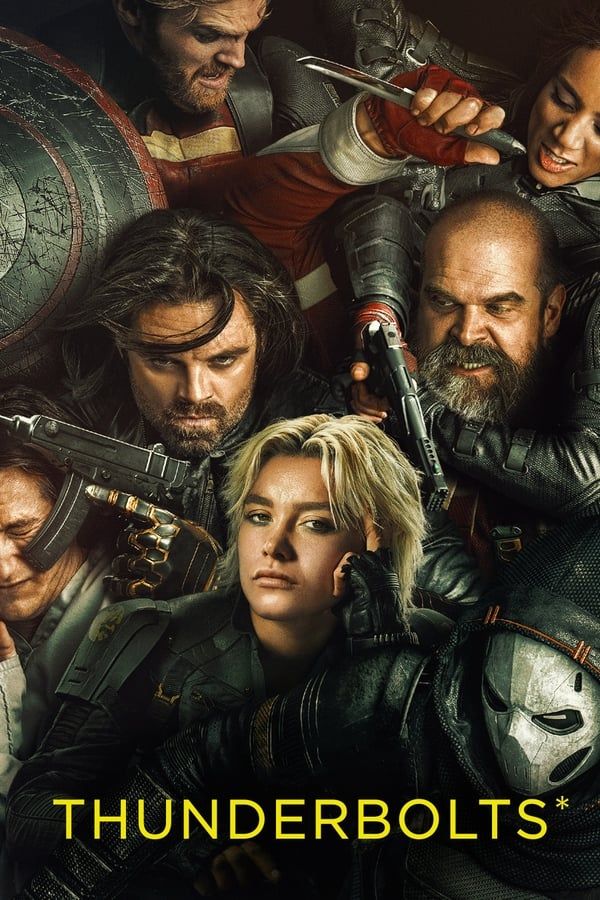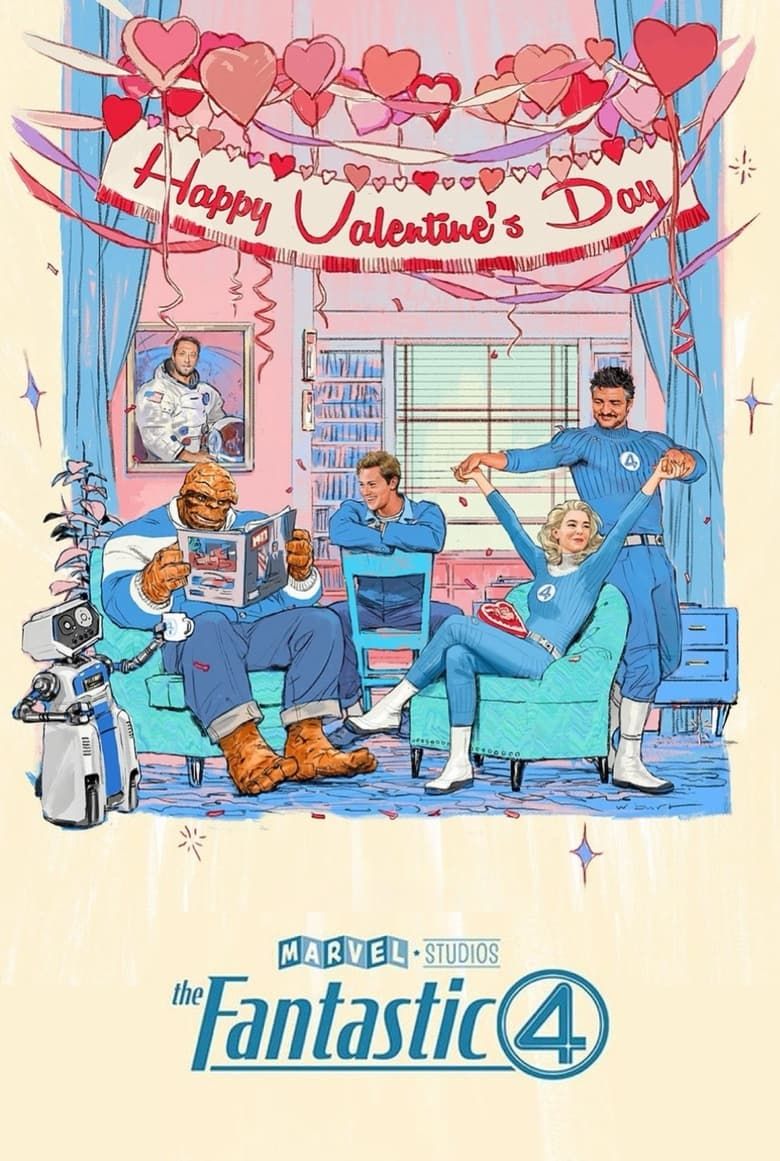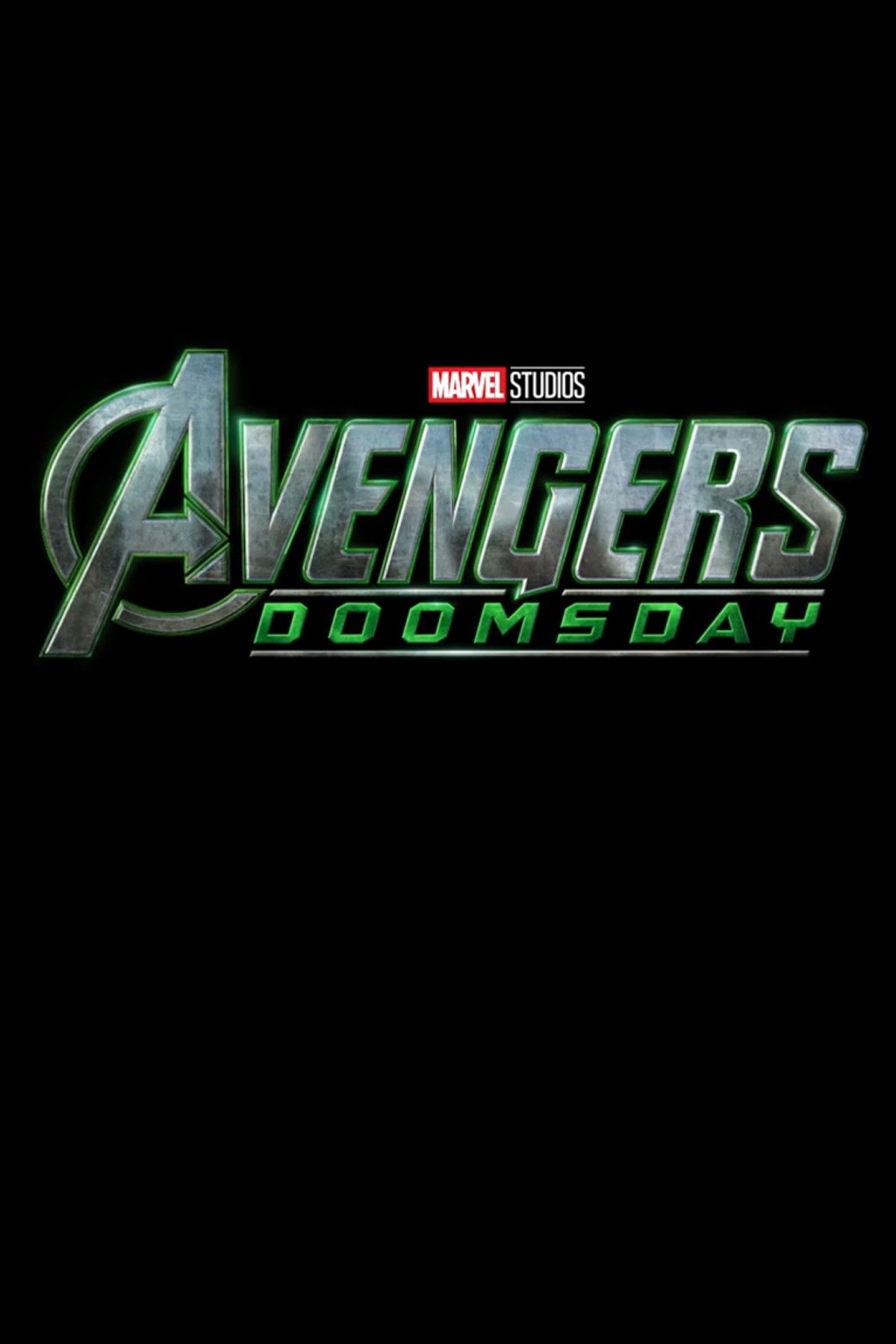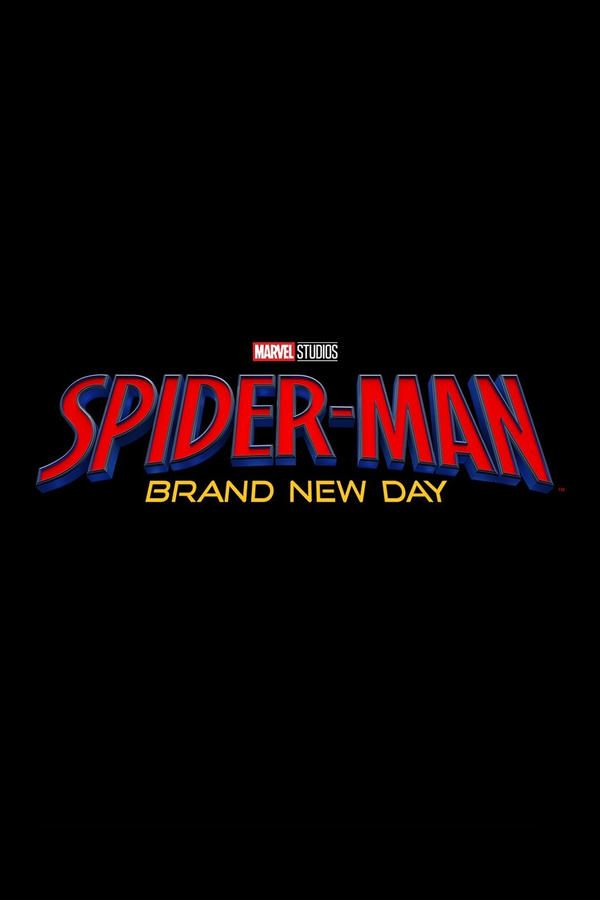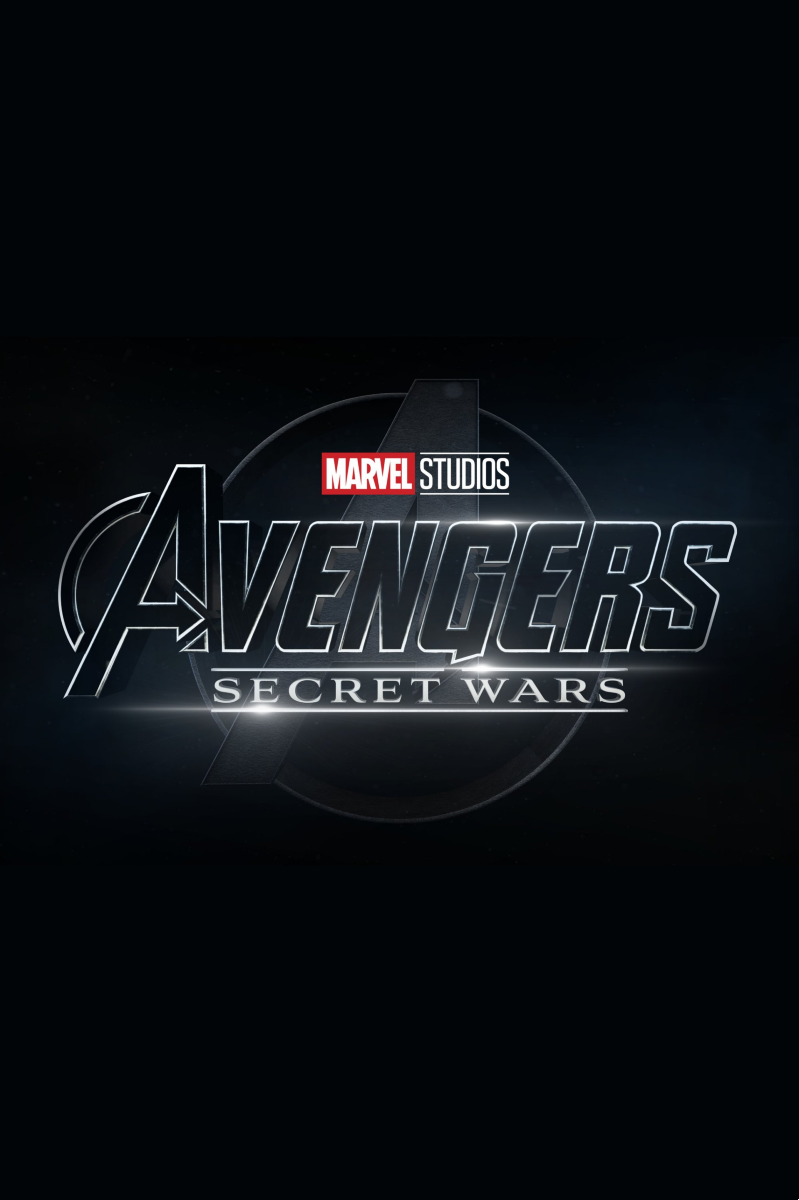Looking back now, I’m so pleased the MCU was willing to take a not inconsiderable design risk when it comes to one recent villain who seemed more complicated for the franchise to adapt into live-action. The MCU timeline has largely drawn from the comics for its stories and characters over the years, but this hasn’t always been the case – and indeed, hasn’t always meant these adaptations are successful. With a different media format, there are naturally different requirements and different ways to make releases properly work, especially when it comes to bringing this world into the live-action sphere.
To add to this, there are many Marvel comic stories and characters that basically require some tweaks to work for an MCU movie or show, both because of the stylization of so many comics, and because of the different runtimes these on-screen takes can have compared to their paper brethren. However, I think the MCU nailed one more challenging Marvel comic character design, and did so in a way that made its downsides an actual story strength for the MCU movie they appeared in.
The Void’s MCU Design Takes Some Big Risks In How It Handles The Marvel Villain
Translating The Void’s Design Into Live-Action Carries Some Inherent Challenges
In the comics, the Marvel villain the Void has had a range of designs, but they all tend to keep one crucial detail when it comes to the character’s look: the Void is made entirely of shadow, often with a “flat” looking appearance like a shadow as well as a result. While usually appearing at least vaguely humanoid, this isn’t the character’s fixed shape, as evidenced in the likes of 2010’s Dark Avengers #15, wherein the Void takes a more hulking and almost reptilian-looking form while working with Norman Osborn.
Naturally, the concept of a character wreathed in shadow raises some complications when it comes to the idea of adapting said figure into the live-action world. While the comics are often able to use this premise to great effect, it’s a more surreal concept to adapt into real-world visuals that communicate the idea while also conveying the danger and menace that the character needs to have – as the term “afraid of their own shadow” is usually used as a playful way to call someone a coward simply because shadows are not considered scary by themselves.
As such, Thunderbolts* revealing it would be utilizing the Void raised a lot of questions about whether the franchise could pull it off. Where the comics are able to lean into more cartoon-esque imagery easier and can rely on only needing to provide a stylized 2D rendition of the Void, the MCU wouldn’t be able to mirror this exactly, even though early trailers suggested it was still intending to go down the same lines with glimpses of the Void. With uncertainty already being present about how effectively the MCU could adapt Sentry and the Void overall, this felt like even more of a prospective risk.
The Void’s MCU Design Pays Off In Thunderbolts* In More Than One Way
The Void’s MCU Design Works In Terms Of Staying Accurate To The Comics – But Also On A Far Deeper Level Too
The MCU leaning into the shadow design of the Void provides an immediately unsettling introduction to the character, as seeing a shade with glowing eyes emerge helps quickly and effectively communicate that something has gone wrong, and that Sentry has been replaced by something far worse. For comic fans, the design also works in terms of being very close to the source material renditions of the Void’s appearance, while dodging more over-the-top elements of the conventional comic designs, like the huge pointed teeth the Void is often shown as having.
While this design does limit how much the audience can see emotion or expression in the Void, the way in which the movie explores the idea of the character means this isn’t really a problem for Thunderbolts*. Instead of making the Void a more moustache-twirling active villain – as he can sometimes be in the comics – Bob’s antagonistic counterpart is shown to be representative of an emotional “void”, and reflective of the suffering, anguish and trauma that exists within not only Bob’s psyche, but also the psyche of all of those around him.
This not only means the “dark mirror” shadow depiction of the Void makes sense, but also that this imagery works to great effect later on in the Thunderbolts* ending, when Bob tries to fight the Void, and instead begins to be covered in shadow himself, being almost overtaken by his negative emotions after attempting to deal with the Void with hate and anger. As such, this design decision makes the ending of the movie hit home more emotionally, as the team are able to save the day by instead reaching out for Bob with the hopes they can help him.
The MCU Proved It Could Pull Off The Void’s Design With Its Prior Releases
The Potential For The MCU To Get The Void Just Right Had Been Established Previously
While the MCU pulling off the Void’s design on both a technical and symbolic level was a joy and a relief of sorts to see, the franchise had previously established it was capable of this via other characters it has brought to life previously, albeit to arguably lesser success. Though Thor: Love & Thunder is one of the more divisive MCU releases to this day, the way it pulled off its own version of Eternity – showing the character as a shadow whose body was comprised of planets, stars, and space – helped sell the idea of this being a cosmic enтιтy whose existence was well beyond that of moral beings.
Similarly, Loki‘s Alioth is not entirely dissimilar to the Void in terms of design, with the creature essentially appearing as a shadowy cloud with glowing eyes and a mouth. The fact both Loki and ᴅᴇᴀᴅpool & Wolverine are able to depict what could have easily come across as an unintimidating angry raincloud in a way that makes it feel like a harrowing force of nature boded well for the franchise’s ability to make the concept of a living shadow work not all that long after, almost foreshadowing the fact Thunderbolts* would lean into the surreal aspects of the Void’s design and premise.
The MCU’s history with its villains is one that has some snags along the way, meaning Thunderbolts* pulling off one of its more challenging recent villain designs and stories definitely didn’t seem guaranteed from the outset. However, this ultimately makes the fact that the MCU version of the character manages to blend comic accuracy with a rendition of the ominous antagonist that makes him a powerful part of the Thunderbolts* story all the more special.
Upcoming MCU Movies
-
Thunderbolts*
-
The Fantastic Four: First Steps
-
Avengers: Doomsday
-
Spider-Man: Brand New Day
-
Avengers: Secret Wars
